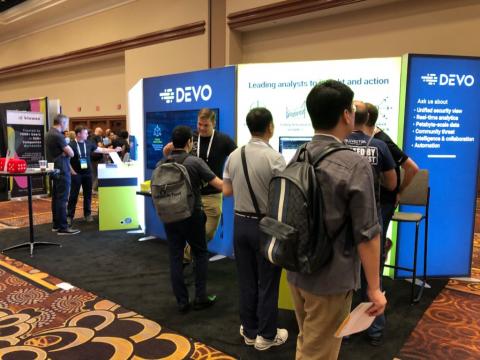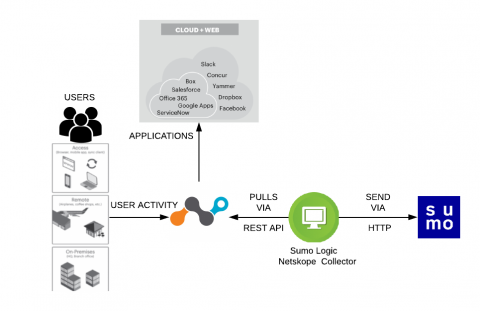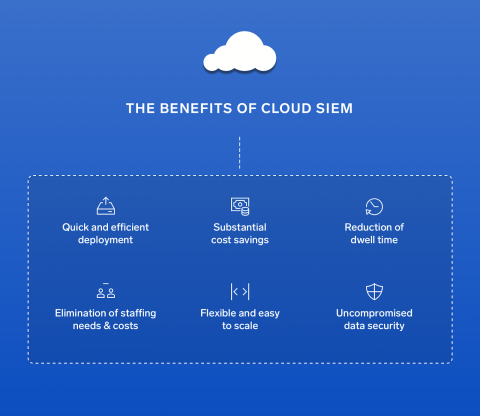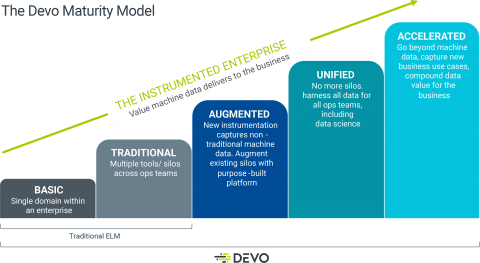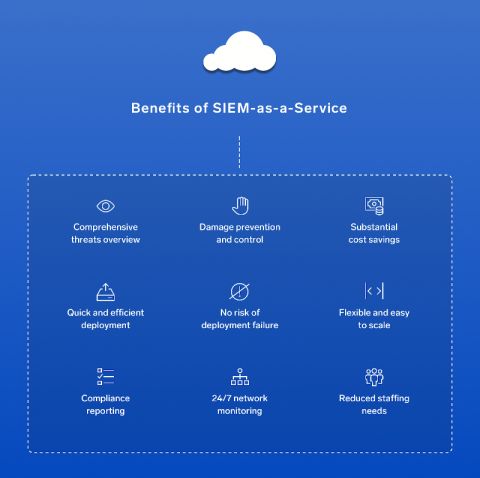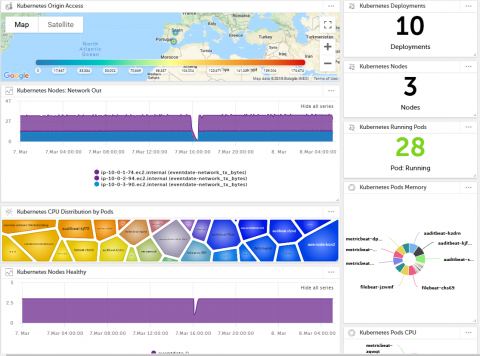How to be next-gen at Black Hat USA '19
The past few months have been busy for us at Devo! We’ve been on a security conference tour; the first stop was Gartner Security & Risk, then AWS re:Inforce, and last week, Black Hat. Black Hat was exciting because, in case you missed it, we announced our vision for and showcased our next-gen cloud SIEM!

